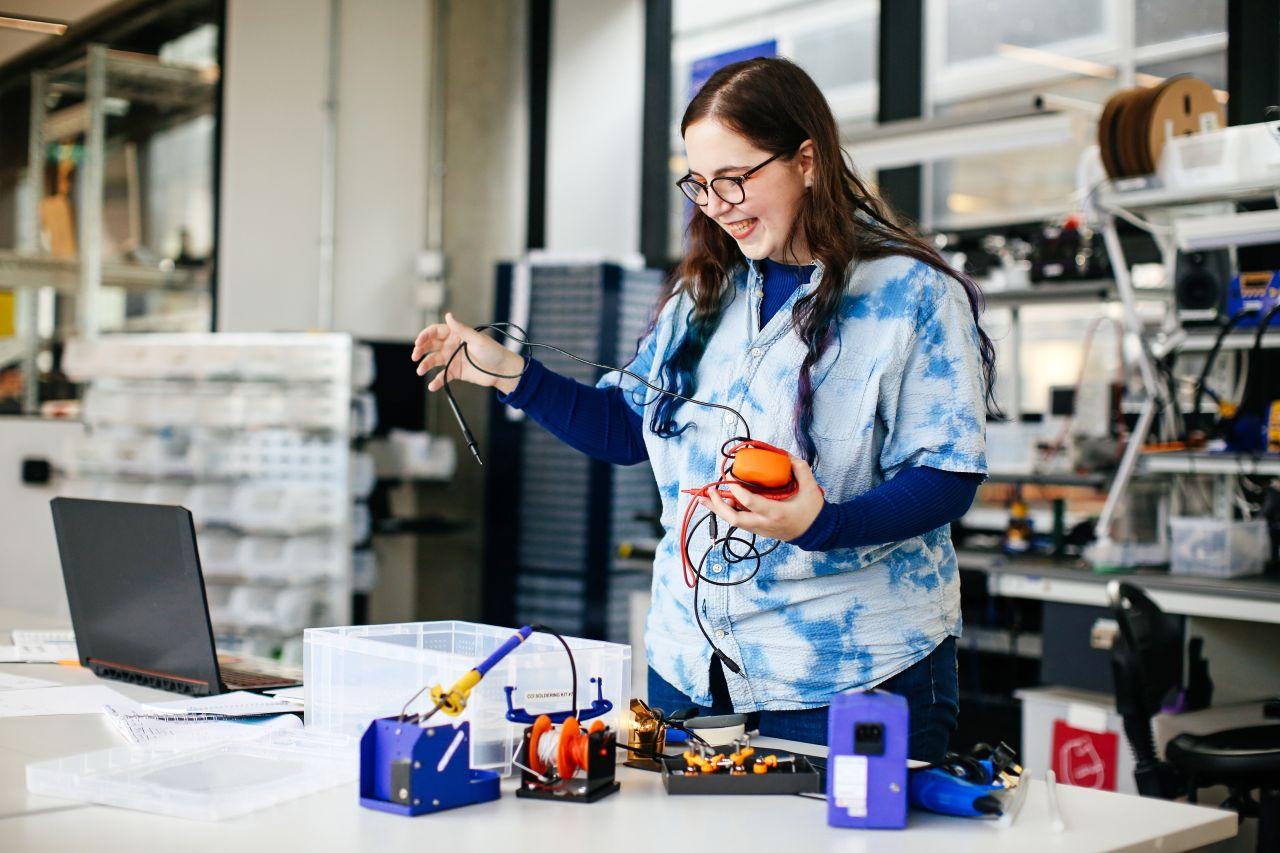Future-Ready Skills: Preparing Students for Jobs of the Future
as technology reshapes our world, the jobs of the future are transforming at an unprecedented pace. For today’s students, preparing for tomorrow’s workforce means cultivating future-ready skills that go beyond conventional textbook knowledge.
In this thorough guide, we’ll explore what it means to be “future-ready,” the essential skills required, benefits of future-oriented education, real-world examples, and actionable tips for students, educators, and parents alike.
Introduction: Why Future-Ready Skills Matter
The job market is evolving rapidly, driven by advances in artificial intelligence, automation, and digital conversion. Research from the world Economic Forum predicts that over 85 million jobs may be displaced by machines by 2025, but 97 million new roles will emerge, requiring a new set of skills.
Are your students equipped to thrive in this changing landscape? Future-ready skills are the key to unlocking opportunities in the digital age.
What Are Future-Ready Skills?
Future-ready skills are the abilities and competencies that empower students to adapt, innovate, and succeed in roles that may not even exist today. They form the foundation of 21st-century education and are increasingly prioritized by educators and employers.
Core Future-Ready skills Include:
- Critical Thinking & Problem solving: The ability to analyze information, think creatively, and solve complex challenges.
- Digital & Technological Literacy: Understanding and using digital tools and emerging technologies, from coding to artificial intelligence.
- Collaboration & communication: Working effectively in diverse, cross-functional teams—both in-person and virtually.
- Adaptability & Resilience: navigating ambiguity, learning from failure, and staying flexible in shifting circumstances.
- Creativity & Innovation: Generating new ideas, approaches, and solutions for evolving problems.
- Emotional Intelligence: Managing one’s own emotions, empathizing with others, and maintaining strong interpersonal relationships.
- Lifelong Learning Mindset: Continuously seeking new knowledge, skills, and experiences throughout life.
The Benefits of Future-Ready Education
Embedding future-ready skills into the curriculum empowers students to:
- Stay competitive in a dynamic global job market.
- Embrace emerging careers in data science, green technology, digital marketing, cybersecurity, and beyond.
- Drive innovation within organizations and communities.
- Build confidence to navigate uncertainty and change.
- Foster collaboration and leadership in multicultural environments.
Future-Ready Skills in Action: Case Studies
Case Study 1: Finland’s Innovative Education Model
Finland, renowned for its progressive approach to education, has integrated phenomenon-based learning, where students work on real-world interdisciplinary projects, strengthening critical thinking and digital literacy. As a result, Finnish students consistently perform well in international assessments and are prepared for complex, future-oriented work.
Case Study 2: Google’s “Project-Based Learning” Initiative
Global tech leader Google collaborates with educators worldwide, encouraging project-based learning where students utilize technology to solve actual business and community challenges. These experiences foster collaboration, problem-solving, and adaptability, key elements for success in rapidly evolving industries.
Practical Tips: How to Prepare Students for the Jobs of the Future
it’s never too early—or too late—to start building future-ready skills. Here’s how students, parents, and educators can take action:
- Incorporate STEM and STEAM Curriculum: Emphasize science, technology, engineering, arts, and mathematics across all grade levels for a holistic, future-oriented skill set.
- Encourage Project-Based Learning: Shift from rote memorization to hands-on projects that mimic real workplace scenarios.
- Foster Digital Citizenship: Teach students how to navigate the digital world safely, responsibly, and ethically.
- Support Soft Skills Advancement: Prioritize teamwork, leadership, communication, and emotional intelligence as part of daily activities.
- Provide Opportunities for lifelong Learning: Promote continuous learning through coding clubs, online courses, internships, and community service.
- mentorship and Industry Exposure: Connect students with role models, internships, and workplace visits to understand emerging job landscapes.
First-Hand Experience: A Student’s Outlook
“joining my school’s robotics club not only taught me programming, but helped me develop teamwork and creative problem-solving. I feel ready to take on any tech challenge that comes my way!”
— Sarah Jackson, High School Senior
Integrating Future-Ready Skills in The Classroom
How can educators bridge the gap between today’s teaching and tomorrow’s demands? Here are some strategies for seamless integration:
- Real-World Relevance: Connect classroom lessons to real industry problems using guest speakers, case studies, and simulations.
- Flipped Classrooms: Use digital content for at-home learning, dedicating classroom time to discussion, collaboration, and critical thinking activities.
- Assessment Overhaul: Incorporate portfolios, project evaluations, and peer feedback alongside traditional tests to gauge complex skills.
- Professional Development for Educators: invest in ongoing teacher training on digital tools, STEM education, and future literacy methodologies.
Challenges in Teaching Future-Ready Skills
Despite the benefits, weaving future-ready skills into education isn’t without hurdles:
- Outdated Curriculum: Many schools still prioritize traditional rote learning or non-digital literacy subjects.
- Resource Constraints: Not all schools have access to the latest technology or teacher training programs.
- Assessment Inertia: Standardized testing can limit the focus on problem-solving and creativity.
Overcoming these challenges calls for a commitment from policymakers, educators, parents, and industry partners to support education reform and invest in modern resources.
The Role of Parents and the Community
Preparing students for the jobs of the future is not exclusively the domain of schools. Parents, local businesses, and the broader community play a crucial role in nurturing future-ready skills by:
- Setting an Example: Embracing technology, continuous learning, and resilience in your own life.
- Encouraging Curiosity: Supporting children’s interests with extracurricular activities,reading,and exploration.
- Connecting with Local Industries: Facilitating visits, internships, or shadowing opportunities in fields of interest.
Conclusion: Building a Future-Ready Generation
The world of work is transforming, and so must the way we prepare our students. By focusing on future-ready skills—from digital literacy and problem-solving to adaptability and emotional intelligence—we can empower the next generation to seize opportunities, drive innovation, and shape a positive future.
Whether you’re an educator, parent, or student, it’s time to embrace 21st-century education and commit to lifelong learning. The best way to predict the future is to create it—one skill at a time.

